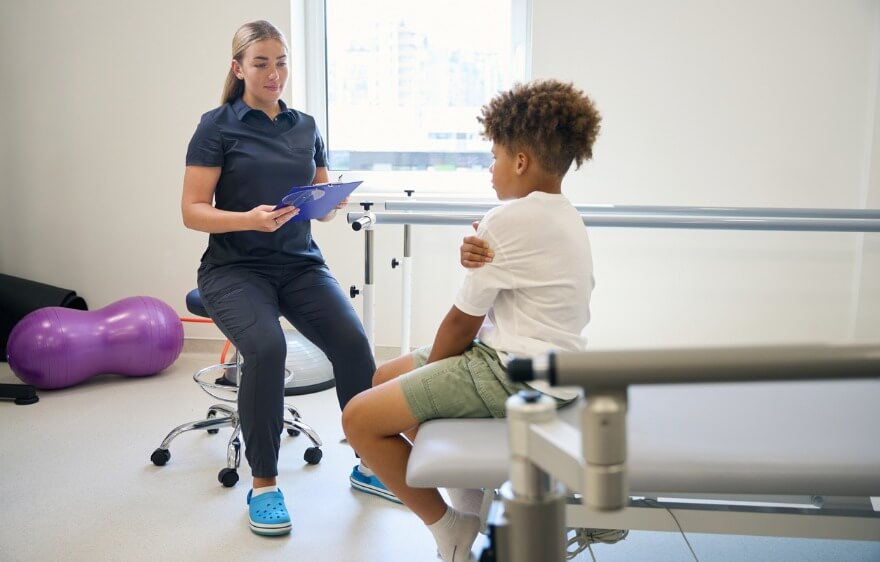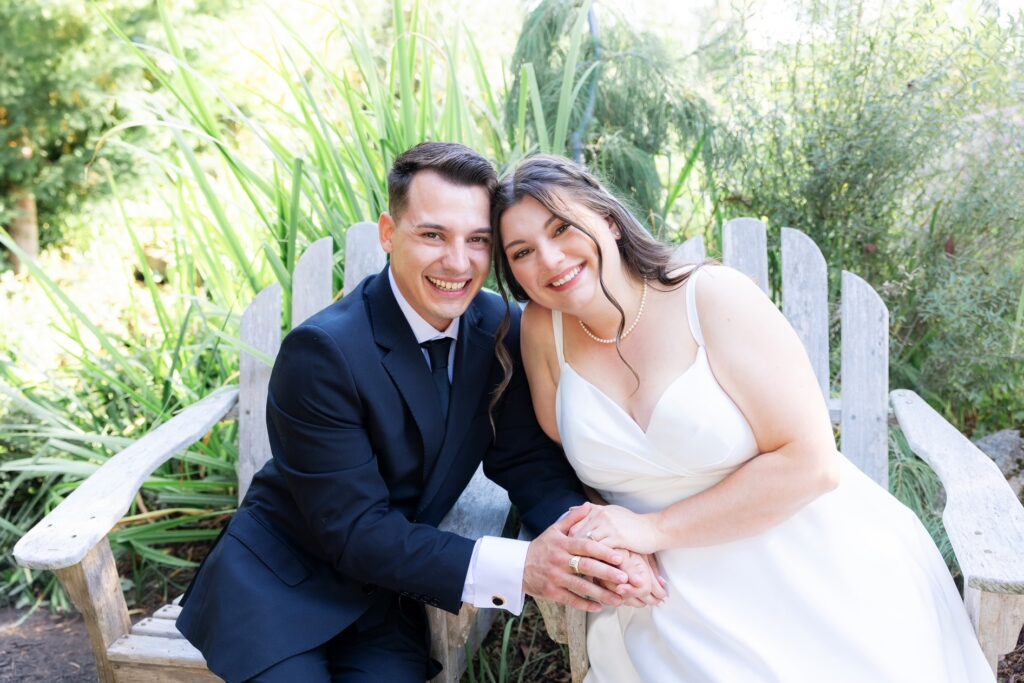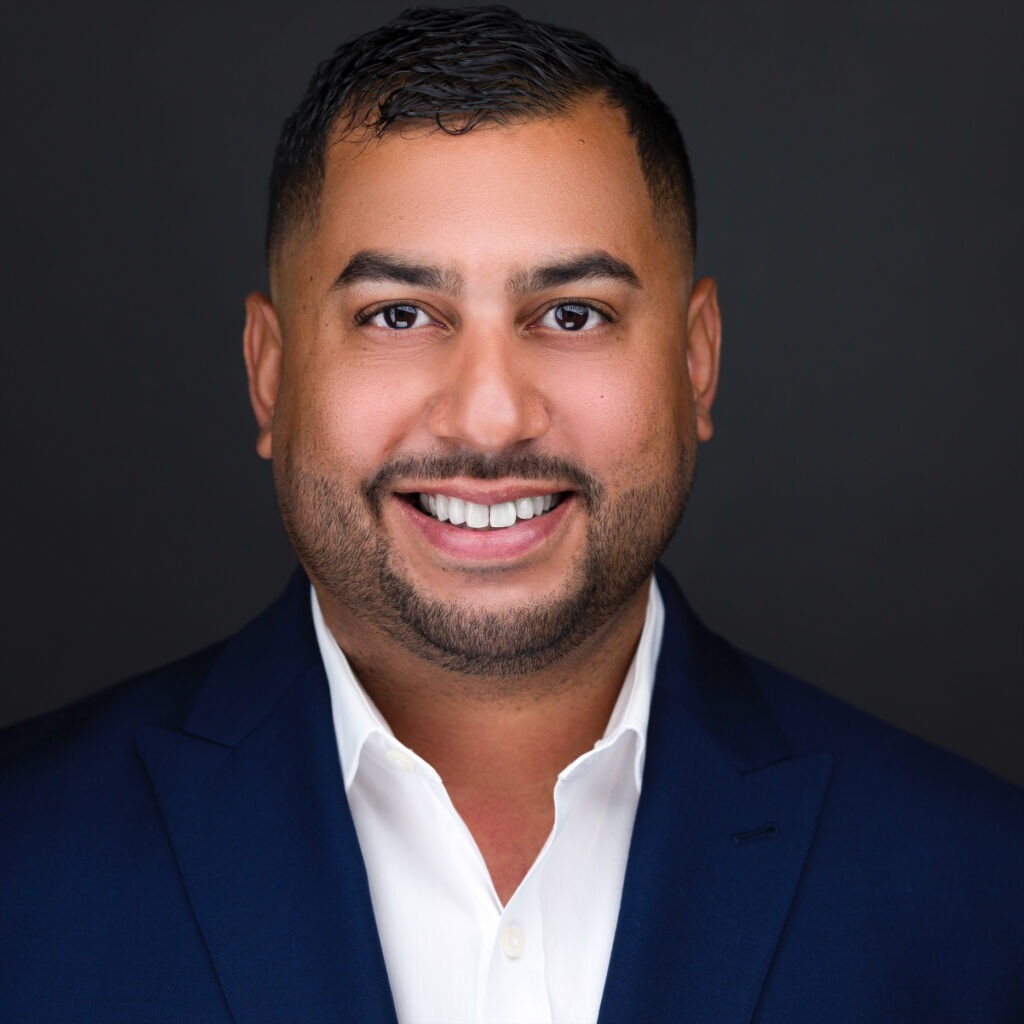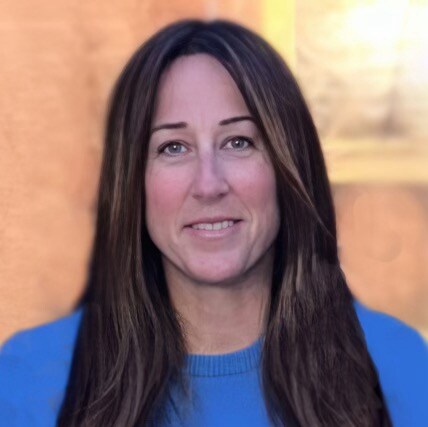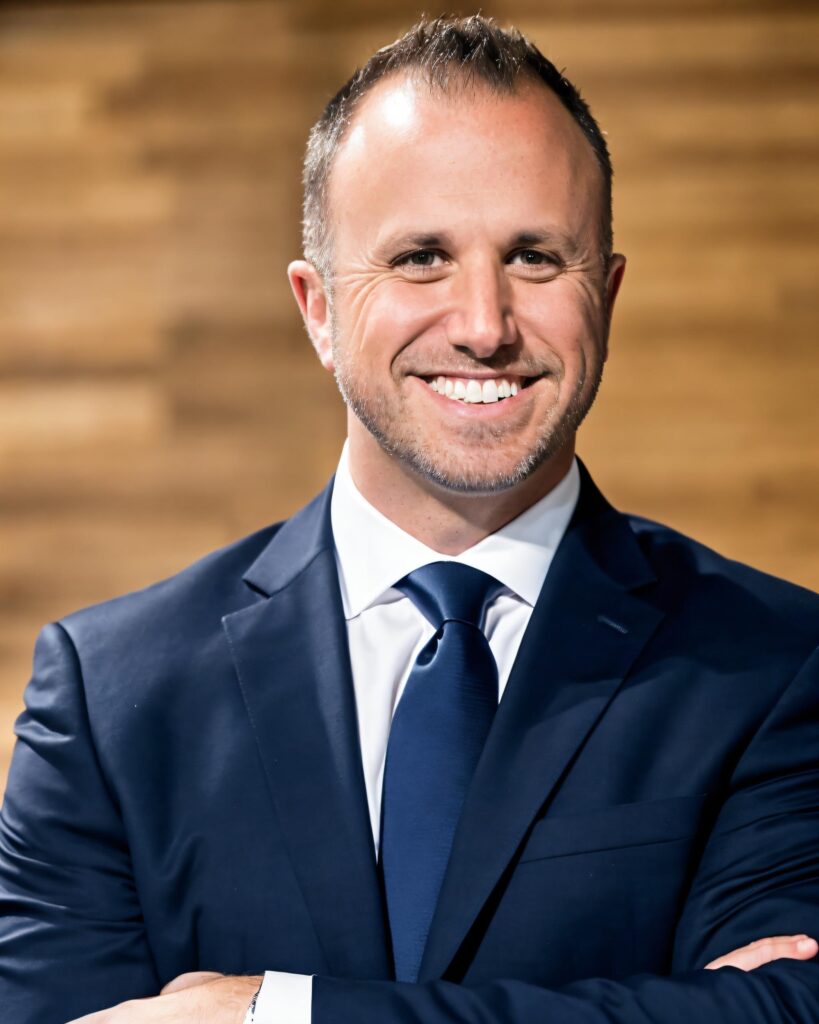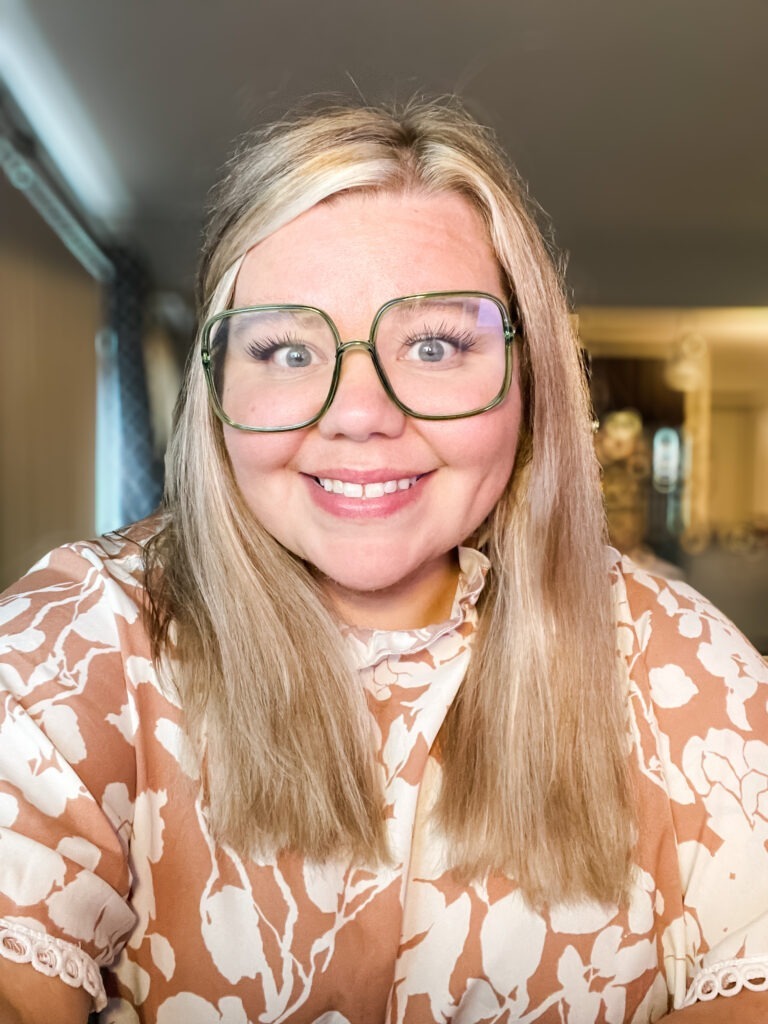At two-years-old Blake was diagnosed with spastic diplegia cerebral palsy and underwent major surgery called bilateral distal femoral extension osteotomy. The surgery was performed to increase the ability of the knees to straighten and to improve his gait.
Spastic diplegia cerebral palsy is one of three different types of spastic cerebral palsy. The most common problem with the disorder is muscle stiffness. It occurs during infancy and early childhood, with the average age of diagnosis being three-years-old.
Some children with spastic diplegia cerebral palsy also have problems with coordination and balance, seizures, joint contractures and cognitive impairment, which can range in severity. Other symptoms include:
- Toe walking
- Flexed knees
- Late motor milestones, including walking delayed until age two to four
Most children with cerebral palsy benefit from physical therapy, which is especially true for children with spastic diplegia. Physical therapy can help loosen stiff muscles, help with balance and posture issues, and build stamina and strength.
Blake’s Plan of Care
Blake started treatment sessions with Solace Pediatric Healthcare (formerly Nelson Pediatric Healthcare) in 2017. His balance and strength were his primary challenges so the plan of care was to gain strength to walk independently, and incorporate several core stretching and strength training exercises.
 “Blake is a really cool kid who has overcome so many challenges. He is never negative about what he can’t do, only eager to do and get better,” said Robyn, physical therapist with Solace Pediatric Healthcare.
“Blake is a really cool kid who has overcome so many challenges. He is never negative about what he can’t do, only eager to do and get better,” said Robyn, physical therapist with Solace Pediatric Healthcare.
“My approach with his mom/family has been super collaborative and we have worked on multiple skills, including getting into/out of either parents car, ascending/descending stairs with less support, stepping into/out of a tent, and skills to set him up to eventually live on his own one day,” added Robyn.
“Blake did lots of exercises, including walking on a treadmill, sit to stand, wall sits, balance exercises, jumping jacks, sit ups, hip exercises, bear crawls and stairs. He was always doing something new,” said Debbi, Blake’s mother.
“My husband or I were always involved in therapy by participating or giving ideas on what was working or what he was struggling with and how we can fix it. Our therapists were very attentive and caring. They were available to talk anytime, and to listen to all our concerns and incorporate all ideas into his care, ” added Debbi.
Blake’s Progress to Date
Blake has come a long long way since he began treatment sessions. Now 17-years-old, Blake is doing very well. He is able to walk several miles independently with no crouched knees, and without getting tired.
 Prior to therapy, he was in a crouched standing position and required a wheelchair for long distances. Camping and playing basketball are two of his favorite activities. He enjoys camping trips with his dad and brothers, and over the course of four years, he has gone from needing to be carried on some walk/hikes, to hand hold assist, to intermittent support for balance.
Prior to therapy, he was in a crouched standing position and required a wheelchair for long distances. Camping and playing basketball are two of his favorite activities. He enjoys camping trips with his dad and brothers, and over the course of four years, he has gone from needing to be carried on some walk/hikes, to hand hold assist, to intermittent support for balance.
“Blake is really fun to work with because he is always up for a challenge and will continue to push himself to really get better. Watching him grow through his teen years has been really fun. He’s beginning to come out of his shell, and banters a bit about various sports since we don’t root for the same teams,” adds Robyn.
“We are so happy with therapy and how far Blake has come. Everyone has been friendly and helpful.”
Schedule Your Child’s Care Assessment Today
At Care Options for Kids, our dedicated team of pediatric home health clinicians is here to support your family with compassionate, expert care tailored to your child’s needs.
Click here to start your journey to better care.

